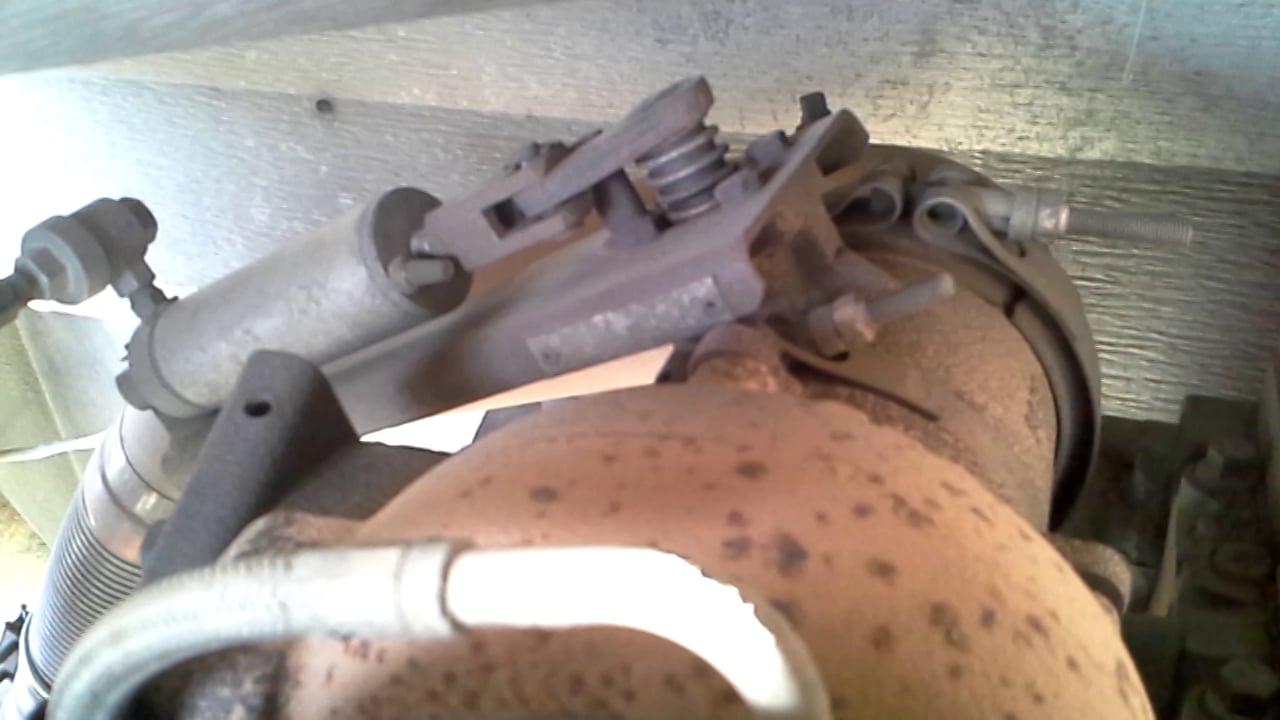Exhaust Brake For Cummins ISC
Since our bus fleet uses medium duty diesel engines around the 250 hp range engine exhaust brakes are not available. Exhaust brakes are the only retarder device we can use on the buses. They work more efficiently at higher rpm…..1,800 to 2,000 rpm is best.
The throttle position has to be a zero percent (no throttle) and the vehicle speed has to be over 5 mph. When we test the exhaust brake on a school bus sometimes we put it on the shop hoist and run it in gear to see if the brake works properly.
Another option is to set up shop air to actuate the exhaust brake manually to check out if it’s doing everything right. The cylinder will respond instantly and return easily to it’s resting position. The cylinder is a PacBrake part and if you run these exhaust brakes on your vehicles stocking the air cylinder would be advisable.
A Common Failure with The PacBrake
One of the most common failures we have been experiencing with these brakes is the air cylinder that actuates the brake. A simple test is to disconnect the linkage and grab the piston rod by hand to check the spring tension. A new cylinder is unmovable by hand with very little give.
We have been finding that the spring gets very weak and one tell tale sign of this is a sticking exhaust brake complaint. The cylinder has to be replaced and is not repairable. In the video I mentioned that we are going to replace the exhaust brake assembly.
The brake inside looks similar to a gas carburetor throttle valve. It’s round shaped and rides on a shaft that connects to the air cylinder linkage. What has happened in the past is the heat from the exhaust system gets overwhelming for the valve itself and it turns into a Lay Potato Chip.
If you can imagine that image the throttle plate distorts and fails to seal properly against the brake housing and does not restrict flow enough reducing braking efficiency. The only way to fix this problem is by replacing the entire housing. There is a distributor 4 hours away so that will be the next step.







